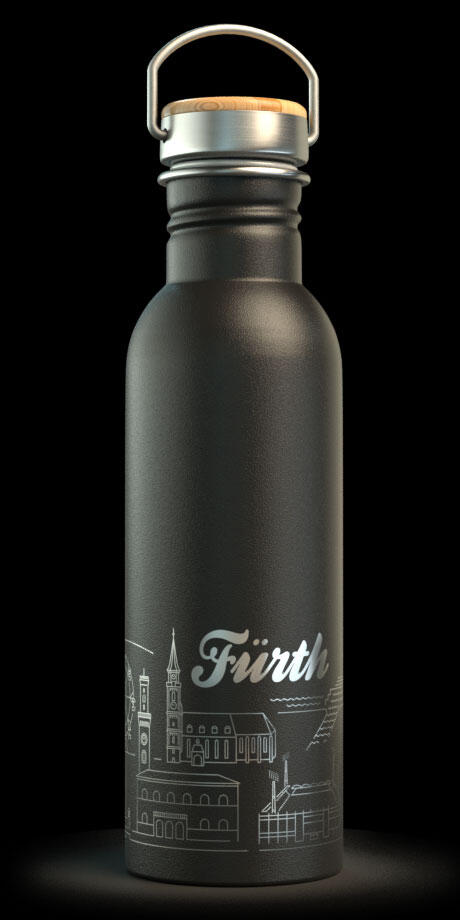The beginnings of the Church of St. Michael are going back to the year 1100. That makes the fortified church one of the oldest buildings in Fürth.
History
As it was common at this time, this church is a somewhat unadorned and rural church. The south entrance, the Tower, west portal and the choir were build in Gothic style. The neo-Gothic interior dates back to the 19th century. The Sacrament House, built from sandstone in around 1500, is the only remaining piece of art.
Surroundings
The old town district St. Michael got its name from the St. Michael church. Until now, there are many pubs, taverns and cafés in Gustavstraße (named after the Swedish king Gustav Adolf) and typical half-timbered and slate-shingle houses line this street.

